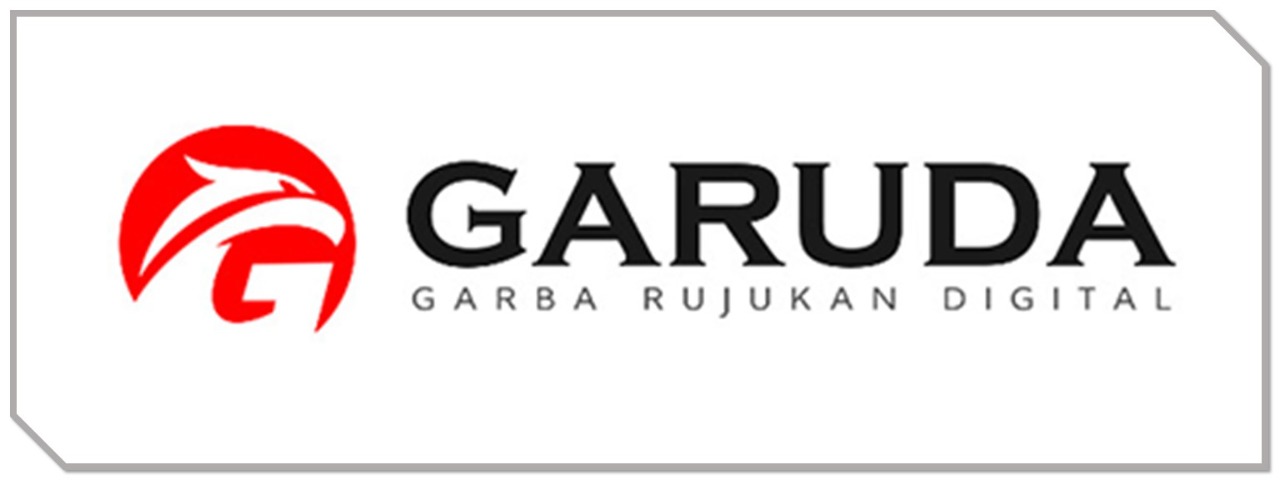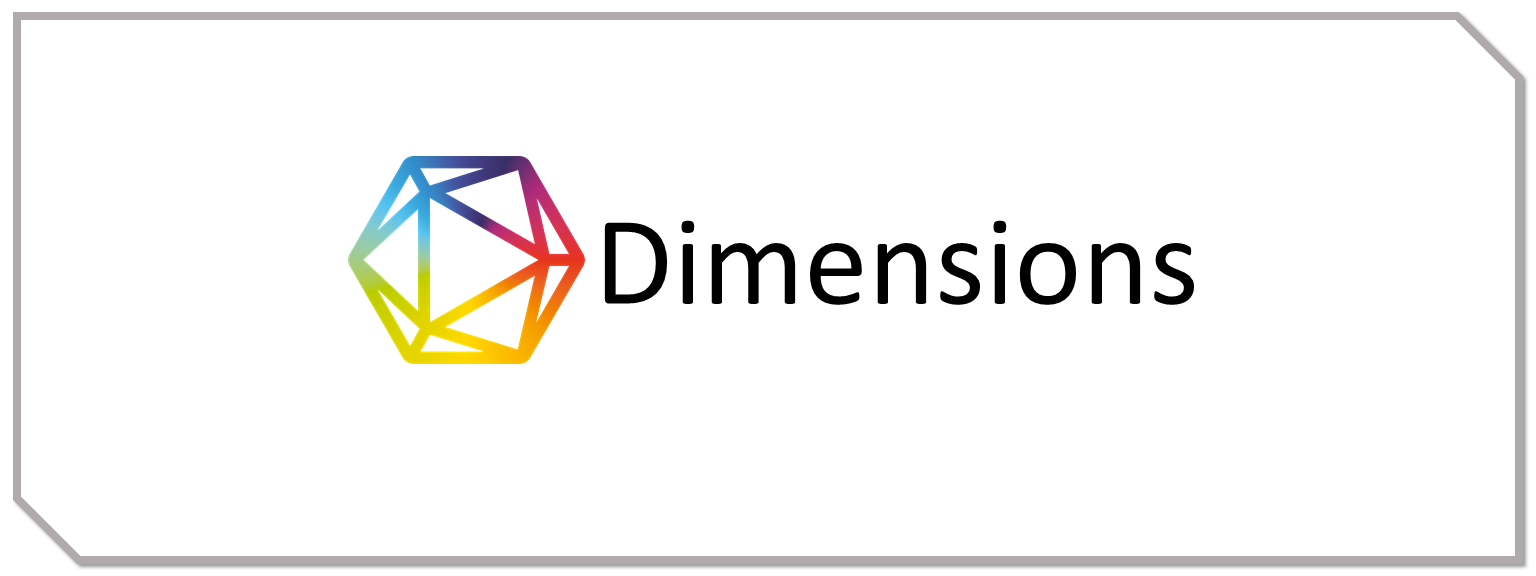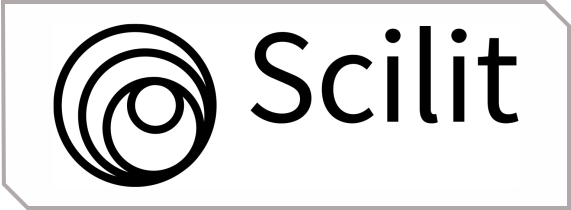PENGUJIAN LEVEL OF USE MEDIA EVALUASI PESERTA DIDIK MENGGUNAKAN TEORI USABILITY TESTING BERDASARKAN RANAH KOGNITIF BERBASIS WEB
DOI:
https://doi.org/10.36002/jutik.v5i1.644Abstract
ABSTRACTValid evaluation results depend on choosing the right test. However, at this time the type of test most often used has not paid attention to the cognitive abilities of students who want to be tested. This raises a problem, namely the mismatch of evaluation results due to the inaccuracy between the learning outcomes that have been outlined in the Semester Learning Plan (RPS) and the type of evaluation given. The problem arises because there is no knowledge about the concept of separating the cognitive abilities of students based on the learning outcomes they wish to obtain. Based on Bloom's Taxonomy concept, there are 6 levels of cognitive domain, namely remembering (C1), understanding (C2), applying (C3), analyzing (C4), evaluating (C5), and creating (C6). Media evaluation of students based on cognitive domains has been developed in previous studies. Evaluation media consists of several types of tests with several choices of cognitive domains according to the level of education of students. A good test question will be able to evaluate the extent to which students master the indicators determined by the teacher. In this study, researchers conducted a test on the level of use of the system. The resulting application is tested in the field towards lecturers and students in a course to see the level of use of the application. Based on the results of the calculation of the questionnaire, data can be obtained that the level of usability of the application is 83%. The results of these percentages are concluded as a very good level of application usability.
Keywords: media evaluation, level of use, cognitive
ABSTRAK
Hasil evaluasi yang valid bergantung pada pemilihan tes yang tepat. Namun, saat ini jenis tes yang paling sering digunakan belum memperhatikan kemampuan kognitif peserta didik yang ingin dites. Hal ini menimbulkan masalah, yaitu ketidaksesuaian hasil evaluasi dikarenakan ketidaktepatan antara capaian pembelajaran yang telah dituangkan di Rencana Pembelajaran Semester (RPS) dengan jenis evaluasi yang diberikan. Permasalahan tersebut muncul dikarenakan tidak adanya pengetahuan mengenai konsep pemilahan kemampuan kognitif peserta didik berdasarkan capaian pembelajaran yang ingin diperoleh. Berdasarkan konsep Taksonomi Bloom, terdapat 6 tingkatan ranah kognitif, yaitu mengingat (C1), memahami (C2), mengaplikasikan (C3), menganalisis (C4), mengevaluasi (C5), dan mencipta (C6). Media evaluasi peserta didik berdasarkan ranah kognitif telah dikembangkan pada penelitian sebelumnya. Media evaluasi terdiri dari beberapa jenis tes dengan beberapa pilihan ranah kognitif sesuai dengan tingkatan pendidikan peserta didik. Soal tes yang baik akan mampu mengevaluasi sejauh mana peserta didik menguasai indikator yang sudah ditentukan oleh pengajar. Pada penelitian ini, peneliti melakukan pengujian terhadap tingkat kegunaan sistem. Aplikasi yang dihasilkan diujikan ke lapangan terhadap dosen dan mahasiswa dalam suatu mata kuliah untuk melihat tingkat kegunaan aplikasi. Berdasarkan hasil perhitungan terhadap kuisioner, maka dapat diperoleh data bahwa tingkat kegunaan aplikasi adalah 83%. Hasil presentase tersebut disimpulkan sebagai tingkat kegunaan aplikasi yang sangat baik.
Kata kunci: media evaluasi, tingkat kegunaan, kognitif
Downloads
Additional Files
Published
2019-02-05
How to Cite
Yulyantari, L. M. (2019). PENGUJIAN LEVEL OF USE MEDIA EVALUASI PESERTA DIDIK MENGGUNAKAN TEORI USABILITY TESTING BERDASARKAN RANAH KOGNITIF BERBASIS WEB. Jurnal Teknologi Informasi Dan Komputer, 5(1). https://doi.org/10.36002/jutik.v5i1.644
Issue
Section
Articles
License
![]()
This work is licensed under a Creative Commons Attribution-NonCommercial-ShareAlike 4.0 International License.










